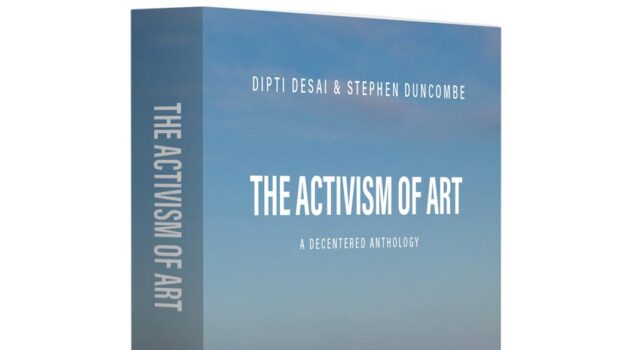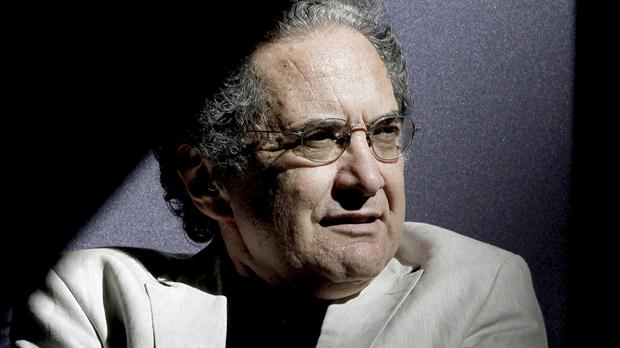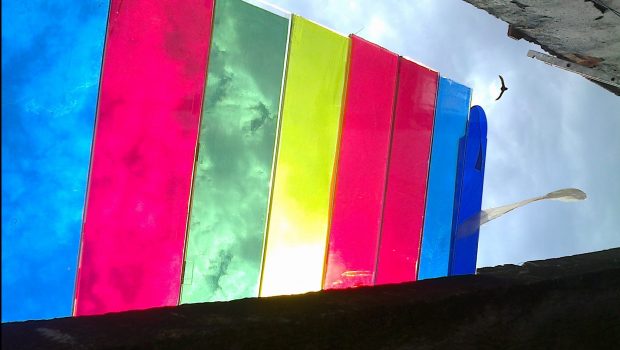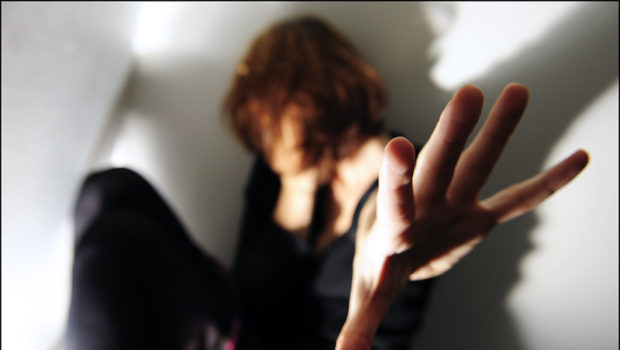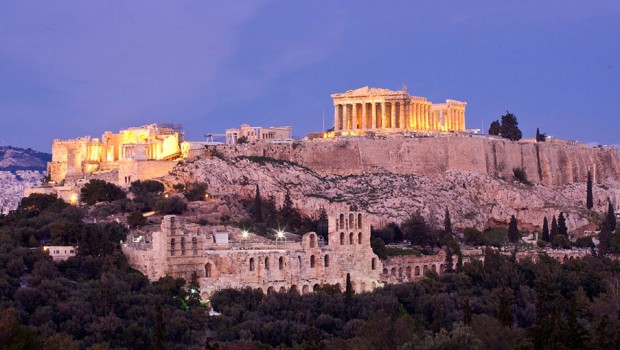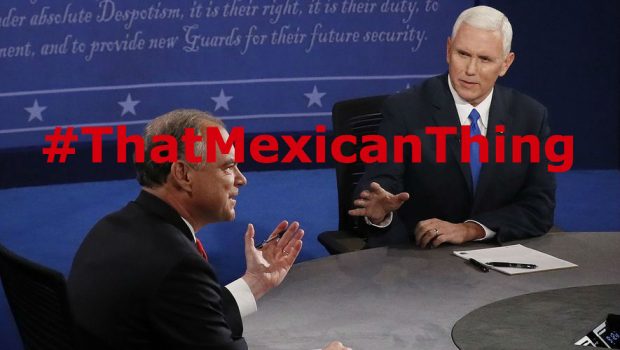The Activism of Art: A Decentered Anthology
Dipti Desai and Stephen Duncombe
Poetry being such as we have described is not to be regarded seriously as attaining to the truth; and he who listens to her, fearing for the safety of the city which is within him, should be on his guard against her seductions.
::::::::::::::::::::::::::::::::::::::::::::::::::::::::::::::::::::::::::::::::::::::::::::::::::::::::::::::::::::::::::::::—Plato
Poetry is not a luxury. It is a vital necessity of our existence. It forms the quality of the light within which we predicate our hopes and dreams toward survival and change, first made into language, then into idea, then into more tangible action.
::::::::::::::::::::::::::::::::::::::::::::::::::::::::::::::::::::::::::::::::::::::::::::::::::::::::::::::::::::::::::::—Audre Lorde
We began this project with what we thought was a simple question: How can art function as a form of activism? We quickly realized, however, that the answer to this question is exceedingly complex. To begin, there is no one answer. There are myriad ways in which thinkers and artists and activists have grappled with the relationship between art as a form of expression and communication and activism as a vehicle for social change. Then there are also the problems of defining what art is, or should be, and what activism does, or aims to do. Needless to say, the answers to these questions change with times, cultures, and individual subjectivities. Finally, we were faced with the problem of the historical and cultural framework which guided our question in the first place: Is artistic activism—with its assumptions of affect and effect and its goals of bringing about change and progress—at its core, a modernist, western, and colonialist project?
This anthology does not answer these questions, nor does it resolve any of the problems that asking such questions creates. Instead, it presents the ideas and words of many people, from a range of times, cultures and perspectives, as a way to explore different ways of thinking about the activism of art. The result of this exploration will not be a neat typology that allows for dissection and division, nor a detailed map made ready for conquest and control. Our exploration is more akin to an Australian Aboriginal Walkabout: a practice of mobility amongst sites that allows for a passage from one state of understanding to another. Any anthology, in selecting some texts and not others, creates a canon: a core set of sanctioned, seminal works. By including voices, positions and perspectives not usually included in discussions on arts and activism and allowing them to rub shoulders with what we consider key conventional texts, our hope is that this anthology can expand, and decenter, what we think of as the canon on arts and activism.
Throughout history the arts have been an integral part of social life, serving a religious, political, and cultural purpose for people. Art, from its first recorded appearance in a cave in Borneo, Indonesia, 40,000 years ago, has served a change-making function. Whether it was to curry favor with the gods, to ensure fertility, or to secure a successful hunt, art was supposed to do something. The idea of art not having a social function—l’art pour l’art, or “art for art’s sake” a term coined by the French philosopher Victor Cousin in the nineteenth century—is only a recent western notion in the long history of art making. Throughout most of human history, most art around the world has had a social function, what we are calling here “activism.”
Art as activism has gained traction in recent years in the art and activist spaces, with a visible increase in projects described as social practice art, socially engaged art, community-based art, artivism, artistic activism, new genre public art, arte útil, artistic organizing, and, reaching back a bit further, agitprop or political art. Our current “post-truth” environment also provides fertile ground for the activism of art. Even for those committed to telling the truth, it has become clear that the simple presentation of facts falls upon deaf ears, and if facts are to be heard and heeded, they need to be made into engaging stories and compelling images that capture attention and resonate with ways people make sense of their world.
The categories of “art” and “social change” that frame this anthology are inherited from western epistemology and coloniality—this has to be acknowledged upfront. The modernist notion of art and aesthetics are expressions of the western matrix of power that began in the sixteenth century with the colonization of the Americas, the transatlantic slave trade, and later, in the eighteenth century, the establishment of aesthetics as a field of study that classified all the different arts (music, sculpture, painting, dance, poetry) into the “universal” category called “fine arts.” Similarly, the notion of “social change” gained traction in the nineteenth century as European intellectuals expressed their hopes and fears in their analysis of the popular challenges to capitalism within Europe and against European colonialism and imperialism across the globe. The contradiction between liberal beliefs of justice and equality on the one hand and capitalist exploitation, slavery, and subjugation of people across the globe on the other, was justified through ideologies of “civilizing” the natives—often done through the arts, and often in the name of so-called progress and change.
But it is not just art’s “civilizing” mission we inherit from the west; art’s ability to challenge power and inspire social change has deep roots in western epistemology and ontology as well. The Classical Greek philosopher Plato wanted to dismiss artists, musicians, poets, and playwrights from his imaginary republic because art’s subversive potential threatened his ideal society. Yet Plato also knew that the power of art to evoke strong emotions and shape character was important to stabilizing society and therefore called for an education in the arts, but one that was controlled and censored. The subversive and stabilizing power of the arts has been mobilized by politicians and heads of state across time: sometimes with calls for censorship, and at other times to serve their political interests. In the twentieth century, it was used as a propaganda tool by Hitler, Stalin, and Mao—and more surreptitiously by the US State Department, which organized global tours of abstract art and jazz to demonstrate the values of “freedom” in the west. More recently, when Picasso’s anti-war tapestry Guernica was hidden from view at the UN while US Secretary of State Colin Powell delivered his speech justifying the invasion of Iraq, the subversive power of art was on full display.
Can art actually call into question the ideological and material power structures in our society, or is this just a story that western artists tell to make themselves feel better? This question weighed on our minds as we tried to find “relevant” texts from non-western traditions. How do texts from Imperial China on traditional painting techniques, or the analyses of traditional Japanese tea ceremonies, fit into “the activism of art?” We had to be careful not to essentialize the notion of “tradition” in relation to art and activism, which often construed “progress” as inherently positive and “tradition” as unchanging and conservative. Tradition for Indigenous people (see, for example, the essays by Leanne Simpson and Jolene Rickard) can be a form of anticolonial resistance, defending their culture and language from erasure.
A commonsense understanding of art and aesthetics in the modern west is that they constitute an autonomous entity, focusing only on our senses and free of any moral or political purpose. Immanuel Kant’s notion of beauty and the sublime, shapes how we understand art and aesthetics as immutable categories. But art and aesthetics—as Ngügĩ wa Thiong’o, José Esteban Muñoz, Walter Mignolo, and Roland Vazquez discuss in this anthology—can also be seen as a form of sensory colonization. The everyday practices of creation in many non-western communities are often ignored by this modernist notion of aesthetics that separates art from daily life, a form of soft power that has continued from colonization up to today.
Likewise, the conventional understanding of activism is colored by universal notions of human rights, justice, and democracy, with struggles waged through governmental action, social organization, and mass movements, and the ultimate goal of systematic change. Many of the essays in this anthology are based upon this assumption as well. However, this does not mean that large-scale political change and social movement building is the sole purpose of artistic activism—social actions can also be small and particular. For instance, researching and presenting hidden histories and stories of marginalized groups’ experiences gives voice to people who are silenced in our societies, which, as Chantal Mouffe reminds us, “contributes to counter-hegemonic struggles.” Or as Gloria Anzaldúa and many others have argued, making visible what the dominant groups in society have made invisible is also an important part of social change. The idea of tradition as a form of resistance and the coupling of spirituality to social change in non-western cultures led us to reconsider what activism does, what social change means, and whether change is an inherent good.
These are some of the ideas we hashed over while planning this anthology over the past two years, in a dark, subterranean bar in New York City’s East Village. We pushed each other to question the theorists we immediately gravitated towards when thinking about art and activism and, in particular, what their work meant to us as university educators working with the next generation of students interested in changing the world through the activism of art. This anthology’s structure makes visible the endless frictions in our conversations. The very idea of an anthology of “great ideas” by “great people” is itself an ambitious and perhaps arrogant colonial project to take up in the twenty-first century. However, by deliberately juxtaposing radically disparate ways of conceptualizing the relation- ship between art and activism across different periods and cultures, we tried to unpack the assumptions that underscore notions of art activism.
Because many cultures rely on an oral tradition to pass on lessons about art and culture, finding texts—past and present—from non-western cultures about the activism of art was not easy to do. This difficulty was compounded by our reliance on essays in English or translated into English, itself an expression of coloniality.
To give some sort of organizational structure to this anthology, we grouped the essays in categories, corresponding to different ways we observed the activism of art. Art Unsettles by calling into question central and “settled’’ belief systems and social structures. Art Reveals by holding up a mirror to aspects of society forgotten, repressed or marginalized, and making the invisible visible. Art Resists by disrupting, restaging, or drawing attention to everyday life. Art Acts by intervening directly in social movement building. Art Reorders by recalibrating the ways in which we make sense of the world as it currently is. And Art Imagines by envisioning the world as it could be, for better or worse.
As we sorted the essays into these categories, then re-sorted them, then collapsed two categories into one while creating yet another, we quickly recognized that these categories, while useful in making sense of the messiness of the world, never quite captured reality. Furthermore, how we thought through these categories, and the conclusions and compromises we arrived at, had to do with our own personal biographies and biases.
Dipti, a woman of color who grew up in India, was trained as an artist in an elite colonial institution before migrating to the US. Stephen, a white male born into an activist family, trained in the US as a social scientist. We both teach at an elite, private university in a major city in the global north, but neither of us is entirely at home in academia. We found ourselves having to overcome our own tendency to privilege modern, western, and colonial ways of understanding—albeit radical ones—that emphasized the arts as primarily aesthetic gestures generating affect and defined activism as self-consciously political actions resulting in measurable effect.
This anthology is less a combination of our proclivities, positions, and histories as it is a conversation between ourselves, the field, and the writers presented here. We recognize and make visible the fact that any collection of essays, regardless of the disparate voices contained within them, are always creative constructions and carry with them certain unspoken ideologies. Ours is no exception. We hope this friction between intellectual, material, and affective histories—ours included—will allow for intense discussions in educational, artistic, and activist spaces as we work towards a better world.
Dipti Desai and Stephen Duncombe. 2024
:::::::::::::::::::::::::::::::::::::::::::::::::::::::::::::::::::::::::::::::::::::::::::::::::::::
*This essay belongs to the book The Activism of Art published by OR Books. You can find it HERE
©Literal Publishing. Queda prohibida la reproducción total o parcial de esta publicación. Toda forma de utilización no autorizada será perseguida con lo establecido en la ley federal del derecho de autor.
Las opiniones expresadas por nuestros colaboradores y columnistas son responsabilidad de sus autores y no reflejan necesariamente los puntos de vista de esta revista ni de sus editores, aunque sí refrendamos y respaldamos su derecho a expresarlas en toda su pluralidad. / Our contributors and columnists are solely responsible for the opinions expressed here, which do not necessarily reflect the point of view of this magazine or its editors. However, we do reaffirm and support their right to voice said opinions with full plurality.
Posted: April 20, 2025 at 3:38 pm


